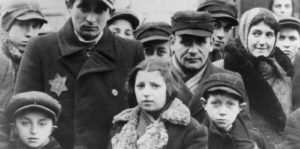
There was a common misconception in the United States of America while I was growing up. That misconception was that Jews were total victims and went like lambs to the slaughter to the showers in the concentration camps. I grew up fully believing this. Enter co-writer/co-director Paula Apsell’s Resistance: They Fought Back, which seeks to disabuse and destroy this narrative. Along with co-writer Jay Owens and co-director Kirk Wolfinger, Apsell shows that there were over 90 documented armed rebellions at concentration camps. The film seeks to highlight some of these resistance soldiers and the rebellions they led. Truly, this is a righteous documentary that will hopefully amend the historical record and dispel the myth that Jews were passive victims during the Holocaust.
The film presents the letters and journals of six resistance fighters and illustrates a defining portrait of quiet strength. Truly, to be Jewish was not to make flashy demonstrations or outbursts. No, the act of resistance, “Amidah” (standing up), was to quietly ensure the survival of everybody. The first section examines these small acts that saved lives.
In the Auschwitz ghetto, Nazis had regulated each resident could only have 184 daily calories of food. The human body requires at least 2,000 calories per day. To that end, some Jews ran a brisk black market and fed everyone possible. As one person avers, life in the ghetto was an illegal act. Amidah was also practiced in Kauen, which is located in Kovno, Lithuania. There the Nazis would tell people they were being transferred to a labor camp. Instead, they were hauled out with tools to the forest. Then the Nazis shot their unsuspecting victims and buried them in mass graves. However, an underground school system was established despite Jewish education being outlawed. Also, births in the ghetto were illegal, so a great number of babies were smuggled out and given to good homes.
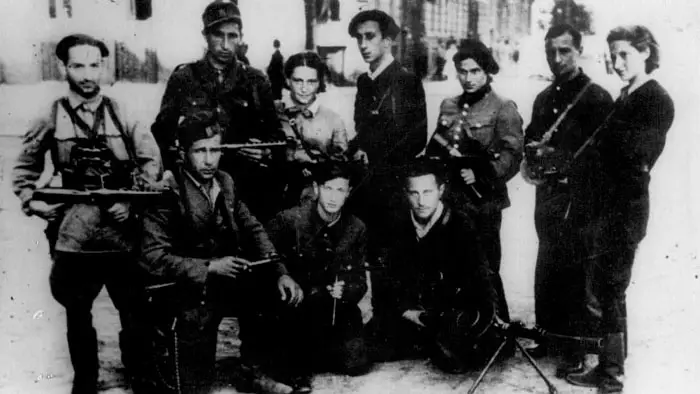
“…there were over 90 documented armed rebellions at concentration camps.”
The second part of Resistance: They Fought Back turns to the armed resistances that cropped up. Invariably, ghettos ran out of food, or the majority of Jewish children were herded off to the second-deadliest extermination camp, Treblinka. This is when others decided it was time to take a stand and fight. The Warsaw Ghetto Uprising of 1943 is one such example. Apsell explores that relatively famous rebellion as well as the partisans of Vilna. There, the Fareynikte Partizaner Organizatsye (FPO) sought to sabotage the evil German forces by any means necessary. The Bielski brothers and their resistance in the forests of Belarus do get mentioned. It is heartwarming to see a real portrait of Tuvia Bielski right alongside a shot of Daniel Craig portraying him in Defiance.
The bleakest chapter considers the rebellions at Treblinka, Sobibor, and Auschwitz. While there a few survivors escaped those terrible death camps, most did not. It’s a chilling look into how a nation losing its grip on Europe is willing to commit so many atrocities at an expedited rate. As interviewee Professor Michael Berenbaum explains, the Germans were fighting two wars. One was against the world. The other was against the Jews. They were determined to win that one by wiping them all out.
Resistance: They Fought Back is a necessary film. While it in no way can be construed as uplifting, it does explore the various small triumphs Jews experienced against the Nazis. That Jewish people are still around, and Nazism has fallen by the wayside (save for some rotten apples) is indeed quite a positive result. Apsell, Owens, and Wolfinger have prepared a wondrous and essential documentary. I recommend everyone watch it.
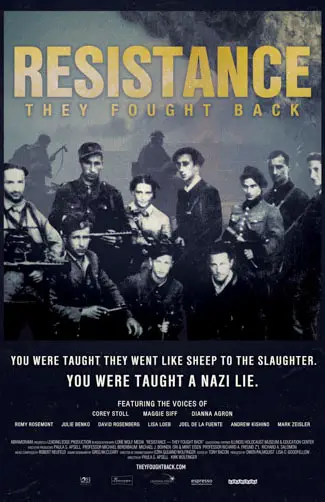
"…wondrous and essential..."
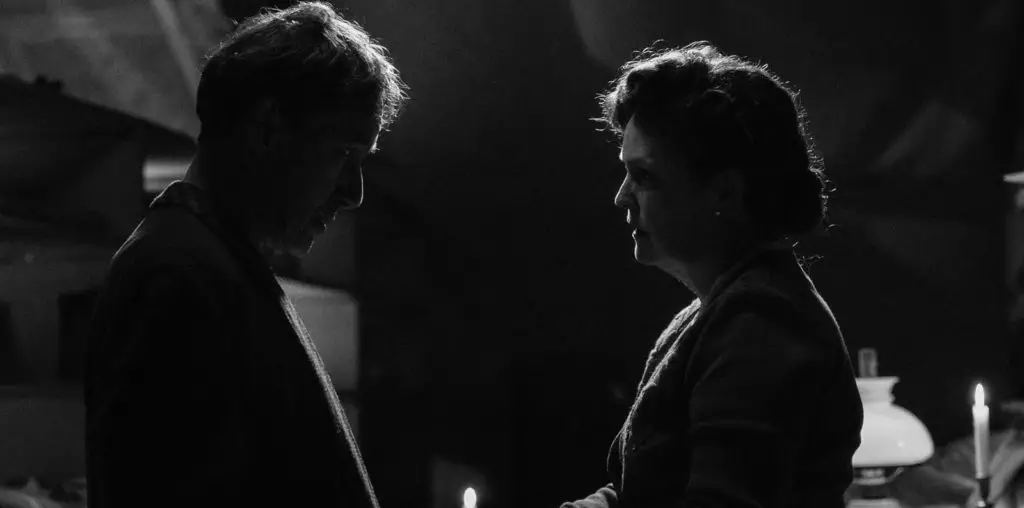
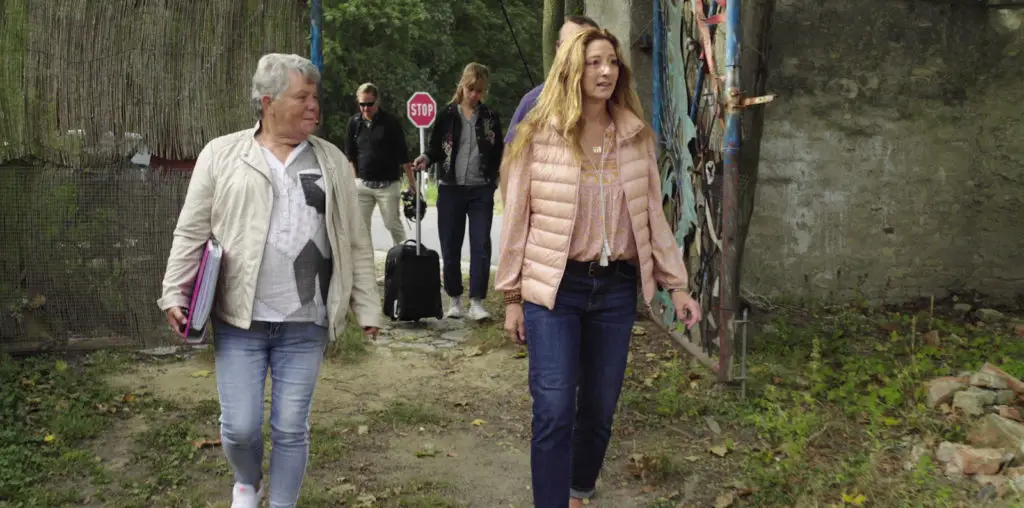
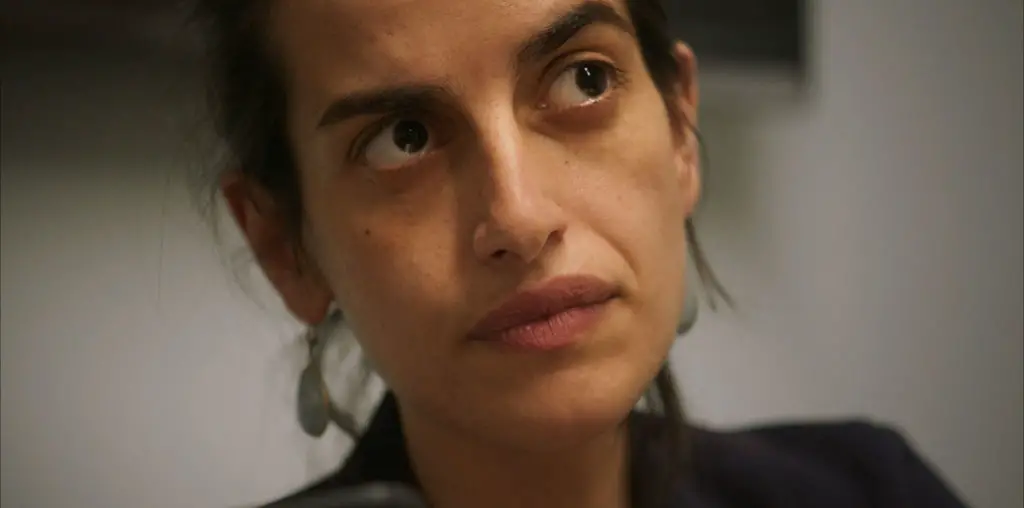
This sounds unmissable in a market filled with superficial and, too often, ugly fiction.